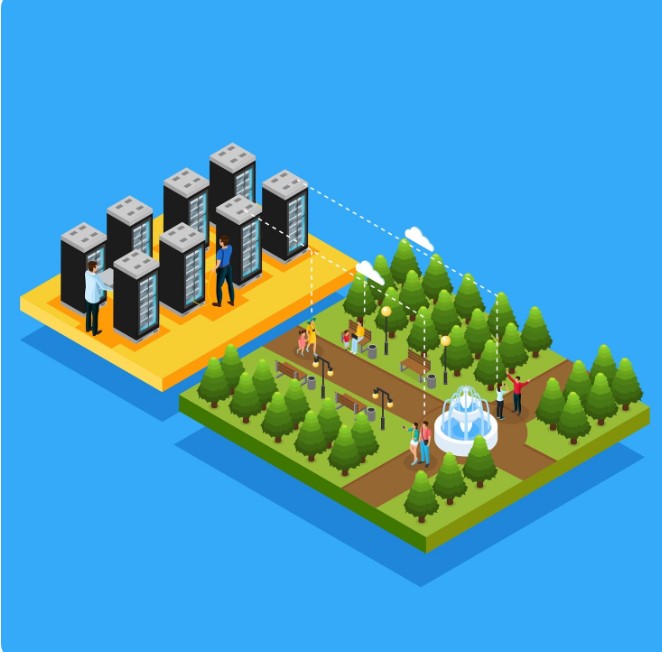Imagine constructing a city. Instead of bricklayers and cranes, you have lines of code that summon roads, skyscrapers, and bridges into existence. This is the magic of infrastructure automation in the DevOps world. Terraform acts like the city planner—blueprints become reality, not through sweat and steel, but through instructions executed with precision.
In this narrative, we explore how Terraform transforms infrastructure provisioning into a predictable, repeatable art form, shaping modern software ecosystems much like a well-planned metropolis.
The Orchestra of Automation
Think of a symphony orchestra where each instrument must enter at the right moment. Without coordination, even talented musicians produce chaos. Infrastructure behaves in much the same way: databases, servers, and networks need careful timing and harmony.
Terraform steps in as the conductor. Using declarative code ensures every component joins the performance exactly when needed. For learners pursuing a DevOps course in Hyderabad, this orchestration is more than theory—it’s practice. They discover how small misconfigurations can ripple through an environment like a discordant note in an otherwise flawless performance.
Blueprints that Never Fade
In traditional IT environments, configurations often live in scattered notes, manuals, or even in someone’s memory. Over time, these get lost, leaving teams scrambling to rebuild when things break. Terraform rewrites this story by treating infrastructure as code.
Every server, every network rule, every storage bucket is captured in scripts that never fade. Much like architectural drawings preserved in archives, these blueprints can be revisited, improved, and reused. This approach empowers teams to replicate entire environments with a single command, reducing the guesswork of manual setups.
Resilience through Version Control
Cities don’t evolve overnight—they grow in stages, with each phase documented for accountability. Similarly, Terraform integrates seamlessly with version control, allowing teams to track every change in their digital city. If a mistake creeps in, rolling back is as simple as reverting to an earlier design.
For participants in a DevOps course in Hyderabad, this principle is vital. They learn that infrastructure isn’t static; it’s alive, adapting to business needs. Versioning ensures that no matter how fast things change, stability isn’t sacrificed for speed.
Scaling Without Boundaries
One of Terraform’s most compelling strengths lies in its scalability. Imagine a city that can double in size overnight without disrupting its citizens. Terraform achieves this in the digital realm. With its modular design, infrastructure can scale up or down instantly to meet demand.
This elasticity ensures that businesses don’t overspend on unused resources while remaining prepared for sudden traffic spikes. Developers and operators quickly realise that automation isn’t just about efficiency—it’s about building systems capable of growth without chaos.
Conclusion
Terraform reshapes infrastructure management by turning fragile, manual processes into robust, code-driven practices. Like a city built on strong foundations and guided by precise planning, digital systems provisioned with Terraform stand resilient, adaptable, and ready for growth.
For aspiring professionals, learning these skills is like mastering the craft of modern architecture in the digital age. The knowledge gained prepares them not just to build systems, but to design thriving ecosystems that endure the test of scale and change.

